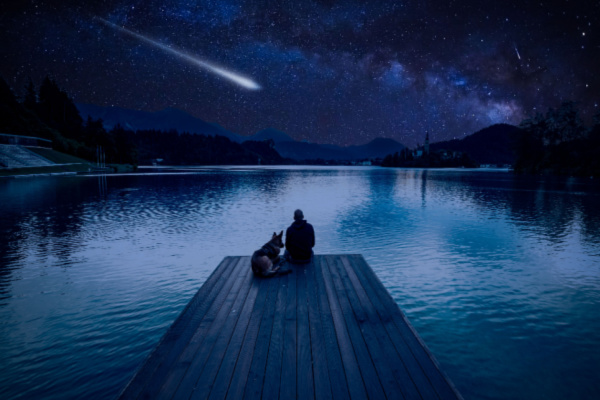As the end of the calendar year gets closer, there are more meteor showers to enjoy! Why? That’s just how our orbit works, as we cross the debris paths of comets and asteroids during our celestial dance.
The Leonids Meteor Shower occurs in the November night sky for most of the month, but the night of peak activity is November 17th this year. If you’re out this night, look for up to 15 meteors per hour depending on your location. But, it’s also possible to see Leonids each night between November 15th and 20th.
The Leonids appear from a radiant point in the constellation Leo, which will be in the northeastern sky for most people. If you can spot the Big Dipper/Plough, you’re in the right part of the sky to spot some shooting stars.
For southern hemisphere stargazers, here’s another meteor shower for you! For the whole night of November 21st, look for meteors from the radiant point in Monoceros, also referred to as the Monocerotids Meteor Shower. The best meteor-spotting prospects will be between 1:00am and 3:00am local time.
And last, but certainly not least, there’s the Orionids Meteor Shower. Sure, everyone gets excited about the October Orionids, but the November shower is no slouch. While it runs from November 13th to December 6th, the shower is expected to have peak activity on the night of November 28th. This isn’t a particularly active shower: the maximum ZHR is expected to be 3 per hour.
To spot these meteors, look in the general area of the constellation Orion. You don’t need to look right at the radiant point to spot them; instead sweep your eyes through that area of the sky.
Happy Stargazing!
—
Photo Credit: marcin jucha / Shutterstock.com
